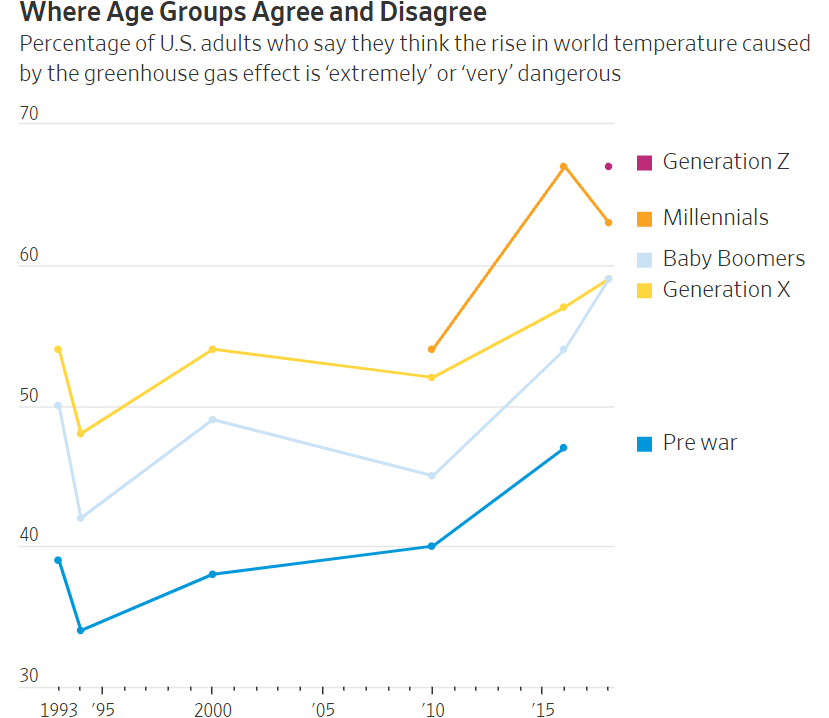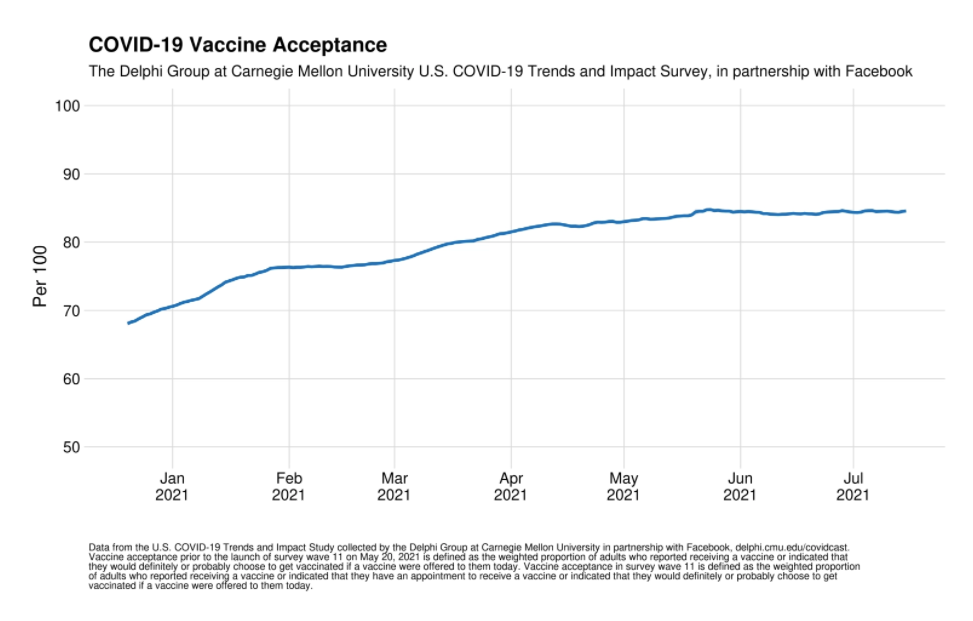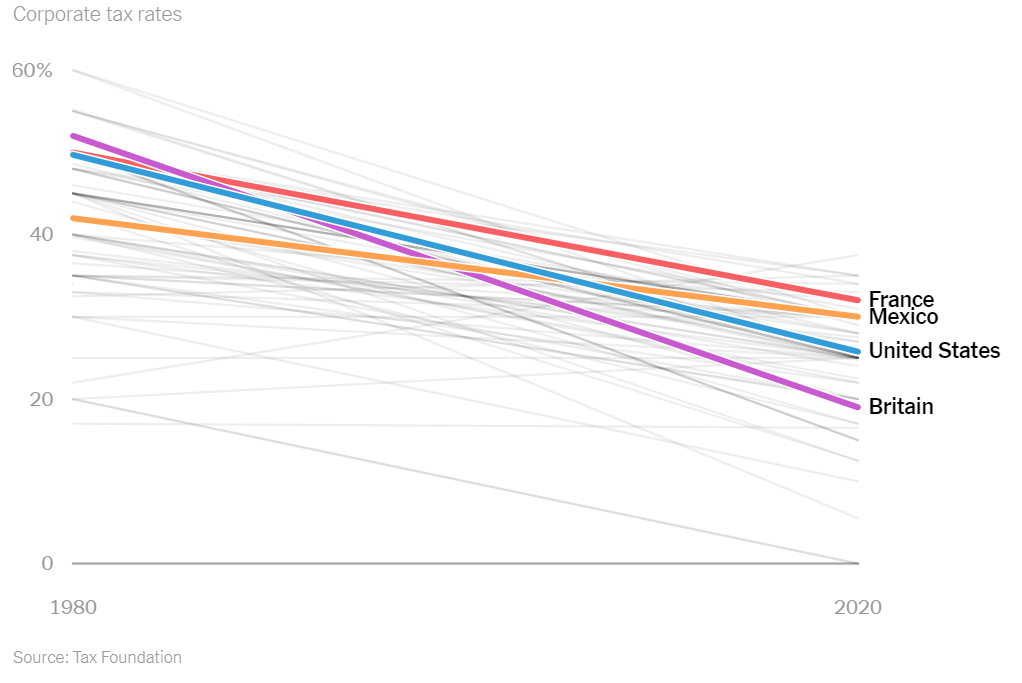This Week’s Charts
/A Wall Street Journal article includes a few simple data slides about people losing and finding jobs. The first line chart, shown here, is a good example of an at-a-glance picture of the employment rebound. The second chart, below, takes a bit longer to digest but provides more information. Both do what graphics should do: illustrate relationships of data to provide insights.
This Bloomberg image about SoftBank’s “epic losses” made me smile. I used the bank’s vague, data-less graphics as examples in Chapter 9 of Business Communication and Character. But in those SoftBank slides, one of which is below, the arrows pointed up, showing the bank’s overly optimistic view of WeWork.






















